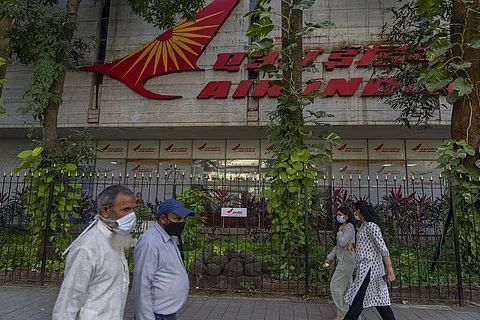

Things are coming with lots of twists and turns following the tragic crash of an Air India Boeing 787 Dreamliner in Ahmedabad on June 12, 2025, which claimed 260 lives and left just one survivor. Intense scrutiny has turned toward potential technical and procedural failures—especially involving the aircraft’s Fuel Control Switches (FCS).
Preliminary findings by the Aircraft Accident Investigation Bureau (AAIB) revealed a critical sequence: both engine fuel control switches shifted from ‘RUN’ to ‘CUTOFF’ almost simultaneously, causing immediate dual engine failure. The cockpit voice recorder captured a moment of confusion, with one pilot questioning the shutdown and the other denying involvement—raising questions about either mechanical failure or an inadvertent crew action.
The aircraft, still in its initial climb and traveling at 180 knots, crashed into a densely populated area, killing not only those on board but also impacting civilians and medical students housed nearby.
In response, Air India voluntarily initiated fleet-wide precautionary inspections on July 12, ahead of a formal DGCA directive issued on July 14. These checks focused on the FCS locking mechanisms across both its Boeing 787 Dreamliners and Boeing 737s, including those operated by Air India Express. The inspections, completed within a week, found no mechanical issues. The airline submitted its findings to the Directorate General of Civil Aviation (DGCA).
An Air India spokesperson reaffirmed the airline’s commitment to safety, emphasizing compliance with all regulatory timelines and reiterating that no malfunctions were discovered in the examined fleet.
The AAIB’s investigation is ongoing, with authorities exploring all possible causes—including mechanical design flaws, system integrity issues, and potential human error. Air India, already under scrutiny for broader safety practices, has received nine regulatory notices in the past six months alone.